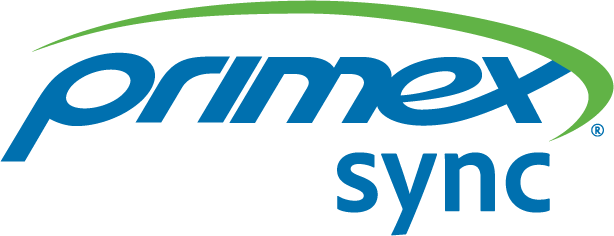There's no denying the importance of patient satisfaction for every hospital or healthcare facility. Surely, striving for positive patient health outcomes is the number one goal, but patient satisfaction and experience can play an integral role in ensuring that happens. For example, one American Heart Association journal study found a positive association between patient satisfaction and 13 of 14 heart attack-treatment performance measures. Additionally, the researchers of that study found higher patient satisfaction scores were associated with lower risk-adjusted mortality rates.
Besides patient outcomes, patient satisfaction and experience also impact many facets of a healthcare facility, including:
- Public Perception: A 2022 Health Science Reports study found a steady positive correlation trend of a positive patient experience meant higher patient satisfaction and, therefore, the willingness to recommend the hospital to others. More patients could mean more revenue for the facility.
- Good or Bad News Press: In the current climate of severe staff shortages for hospitals, a negative patient experience or excessively negative patient satisfaction scores could create bad news publicity, which would not only fail to attract new patients but also prospective new employees. Yes, these staff shortages can negatively impact patient satisfaction as well, but technology can serve as a helpful tool to offset personnel shortages.
- A Hospital's Bottom Line: Higher patient satisfaction scores on HCAHPS surveys can increase hospital reimbursement rates from the Centers for Medicare & Medicaid Services. Conversely, lower HCAHPS survey scores can decrease hospital reimbursement rates, hurting both reputation and finances.
What Can Be Done to Strengthen Patient Satisfaction?
How can hospitals and health systems strengthen or maintain their patient satisfaction scores and continue to ensure a positive patient experience? Creating a patient experience task force with dedicated leaders, an outlined strategy, and empathic communication education could help, as described by the American Medical Association. Additionally, a potentially overlooked method of improving patient satisfaction could be solidifying the importance of simply having staff members stay on time and on schedule. To help staff better stay on time, a Primex Sync™ synchronized clock solution could be the answer.
Synchronized Clock Impacts on Patient Satisfaction
When all clocks throughout a facility — including both analog and digital — are continually displaying the exact same time, it eliminates any confusion over time discrepancies. All staff members will be looking at the same time and ideally utilizing this time when following meeting schedules, delivering medication to patients, and clocking in or out. When employees follow one unified time, it could result in more on-time care delivery, leading to higher patient satisfaction.
Similar to on-time care delivery, on-time surgical starts can significantly impact overall patient experience. Synchronized clocks to help ensure all perioperative team members are following the same time can assist in starting the day's first case on time, which can eliminate the domino effect on subsequent operations. Keeping surgeries on time and limiting the number of unnecessary reschedules can simultaneously maintain strong patient satisfaction and positively impact hospital revenue.
Additionally, synchronized clocks in waiting rooms, especially when they are paired with message-conveying Primex Notify® InfoBoard™ displays, can keep patients feeling more informed. Furthermore, easy-to-read Personal Series clocks within rooms continuously allow inpatients to know the current time and date. Patients that feel more in-power of their care experience better outcomes and could leave more positive remarks when taking patient satisfaction surveys.
Which Primex Primex Sync Solution is Right For Your Hospital?
Primex offers three different time synchronization technologies to fit any size hospital or healthcare facility. For a wireless option, a 72 MHz transmitter emits a long-wavelength frequency that penetrates solid construction materials better than other wireless clock systems. Under our coverage guarantee, in-house engineers perform a virtual site evaluation to ensure the clocks within your facility —whether it's one building or multiple — receive a signal and stay synchronized.
A second wireless option is using Bluetooth Low Energy to keep Primex clocks synchronized throughout a building. This system utilizes a Primex Sync Bluetooth Bridge to create a low-energy Bluetooth mesh network that wirelessly keeps clocks synchronized.
For a more traditional, wired solution, Primex Sync Power over Ethernet/IP clocks take advantage of existing cable runs to stay synchronous. Your facility's Network Time Protocol (NTP) server acquires time and sends time data to each PoE clock within your facility. A benefit of this solution is the lack of batteries required for each clock, as power is supplied along with time from the ethernet cable. Also, this option could take time synchronization a step further in your hospital by keeping the clocks on computers in lock-step time with analog and digital clocks seen throughout your facility.
All three options can work seamlessly with the web-based OneVue® software platform. Within this mobile-friendly, cloud-based platform, users can check clock statuses, manage each clock separately, and document the timing of crucial events.
Contact Us for More Information!
Although patient satisfaction isn't necessarily a new idea in healthcare, perhaps a new strategy could pay dividends in ensuring its strength: Primex Synchronized Clocks. If you're unsure which synchronized time solution seems right for your facility, Primex experts are available to learn how we can help meet your specific needs. Contact us today.






